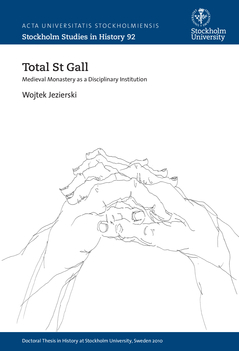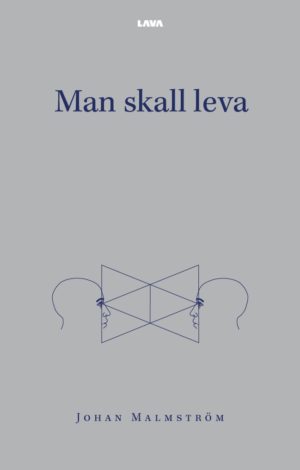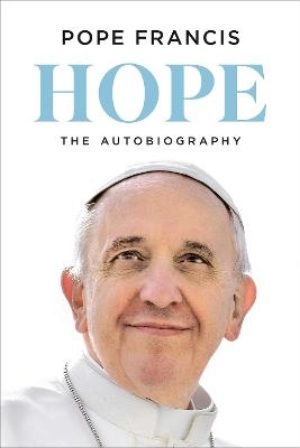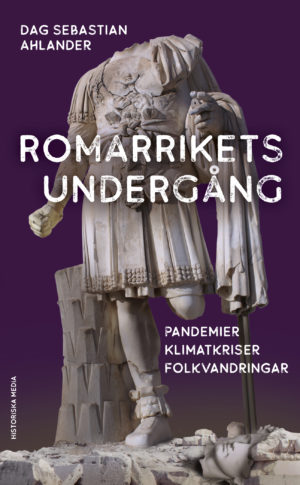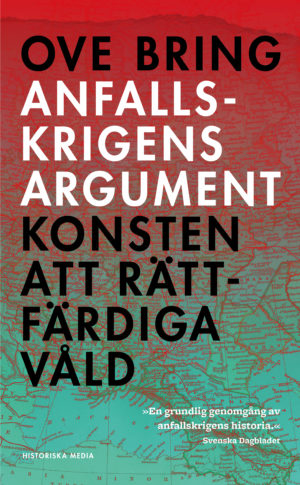Can we think of a Benedictine cloister around the year 1000 as reminiscent of a modern prison or a mental asylum? Was the monastery a medieval type of Erving Goffman's 'total institution' or Benthanian panopticon thoroughly structuring the thoughts and practices of its inmates? What did the power relations between the groups of monks in medieval St Gall look like? Wojtek Jezierski's thesis explores and expands the connection between the medieval forms of monastic life and modern social theories. It investigates the patterns of persecution and exclusion, the exercise of power and surveillance, as well as violent conflicts between the conventuals and their abbots. It analyzes also the social components of monastic habitus and subjectivity in the monasteries of St Gall, Fulda, Bury St Edmunds and others. Finally, the study examines the strategies monks used to cope with the demands made on them by the external lay world, i.e. the political, social, and cultural liaisons between claustrum and saeculum. Wojtek Jezierski (b. 1979) studied history and social anthropology the University of Warsaw. He conducts research at the Department of History and the centre for Medieval Studies, Stockholm University. This book is his PhD thesis.
